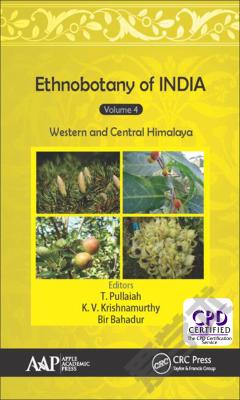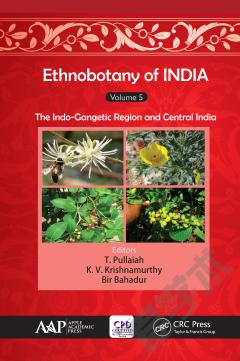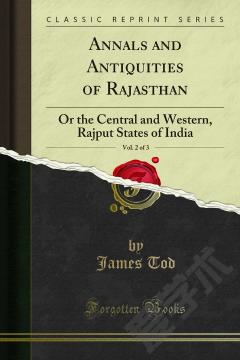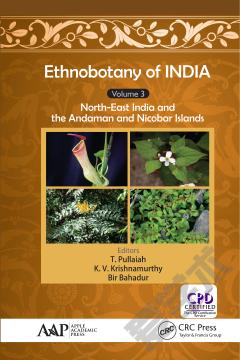Ethnobotany of India, Volume 4 —— Western and Central Himalayas
----- 印度民族植物学 :喜马拉雅山西部与中部
Ethnobotany of India: Volume 4: Western and Central Himalayas is the4th volumeof the 5-volume set, an informative book series on the ethnobotanical aspects of India. The books cover different regions, including Volume 1: Eastern Ghats and Deccan Volume 2: Western Ghats and West Coast of Peninsular India Volume 3: North-East India and Andaman and Nicobar Islands Volume 4: Western and Central Himalayas Volume 5: The Indo-Gangetic Region Each volume looks at the important ethnic plants of the specific region. Volume 4 covers the Western and Central Himalayas, the well-known mountain range on the Indian subcontinent. The unique flora and fauna of the Himalayas are varied, affected by climate, rainfall, altitude, and soils, and are vulnerable to impacts from climate change. The editors espouse that because indigenous non-Western societies form the vast majority of people now as well as in the past, a study of their plant interrelationships is necessary, and India is one of the most important regions of the old world for its ancient and culturally rich and diverse knowledge of ethnobotany. With this in mind, these volumes share a great deal of information that will be valuable to plant botanists and others working in and interested in ethnobotany. This important volume covers the ethnobotanical aspects of many plants of the region. It looks at ethnic diversity of people ethnic food plants and food preparation ethnomedical aspects of plants psychedelic plants and their possible link to soma, a vedic ritual drink whose plant origins are a mystery ethnoveterinary medicinal plants ethno-conservation practices biodiversity heritage sites The volume includes the details of the plants used, their scientific names, the parts used, and how the plants are used, providing the what, how, and why of plant usage. The book is well illustrated with 20 color and 67 b/w illustrations.
{{comment.content}}








 京公网安备 11010802027623号
京公网安备 11010802027623号